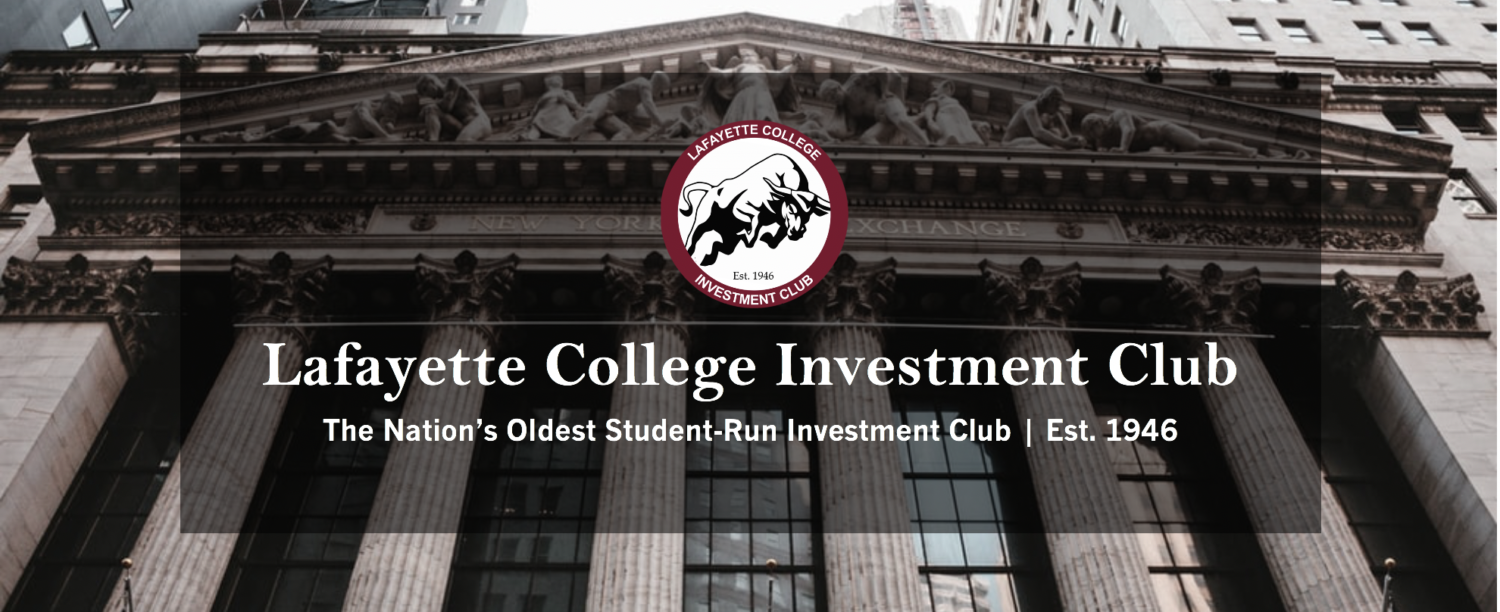Mikias Stewart ’23 presented a Market Update in the form of a Kahoot quiz. The Club was able to test their knowledge of Tesla Battery Day, the upcoming election, and the market’s recent losing streak.
Energy Analyst Tate Harobin ’22 and Risk Analyst Shaan Shuster ’23 provided us with an insightful and incredibly relevant presentation on the history of market bubbles. What is a Market Bubble? Market bubbles occur when market participants drive stock valuations to extremely high levels relative to common valuation metrics. These implausible or speculative views drive price movements rather than the typical foundations and fundamentals of investing.
The Dutch Tulip Mania/Bubble was the first recorded bubble (1634-1637). Tulips were a hot commodity, and the demand and price continued to rise. Everyone with some savings in the bank was investing in tulips, and they even began using early forms of call options on them. However, they eventually became worthless, with tulip prices collapsing in 1637.
Some common valuation metrics that we can use to analyze markets and detect market bubbles are:
- CAPE Ratio: price divided by the moving average of ten years of earnings, adjusted for inflation (historical average of 15-16, but widely varied),
- P/E Ratio: share price divided by EPS
- P/S Ratio: market capitalization divided by total sales
- Market Capitalization to GDP Ratio
Here are the valuation metrics for the 2000 dotcom bubble, 2008 financial crisis, and now for 2020:
2000
- CAPE Ratio: 43.77
- P/E: 29.04
- P/S: 1.77
- Market Cap/GDP: 159.2% (at market top)
2009
- CAPE Ratio: 15.17
- P/E: 70.91
- P/S: 1.23
- Market Cap/GDP: 66.7% (at the market bottom in March)
2020
- CAPE Ratio: 30.99
- P/E: 24.88
- P/S: 2.33 (estimate)
- Market Cap/GDP: 130.9% (September estimate)
Is there another bubble coming? It’s a question of not if but when. Our valuation metric ratios would suggest so: Market Cap/GDP indicates moderate to significant overvaluation, high P/E and P/S ratios, and high CAPE ratio. The ratio indicators help but they do not tell the whole story, we also have to take a look at investor sentiment and other broader market trends. Is there excessive greed in the market?
Next week Bradford Bonner ‘97, a Lafayette College Investment Club Alumnus and a current Senior Financial Advisor and Assistant Vice President at Merrill Lynch Wealth Management will be coming to speak to the club. This is a great opportunity to learn from an experienced professional in financial services, the meeting will be held at 12:20 on Friday. Reach out to me at evansjt@lafayette.edu to join the club GroupMe or if you have any other questions.
